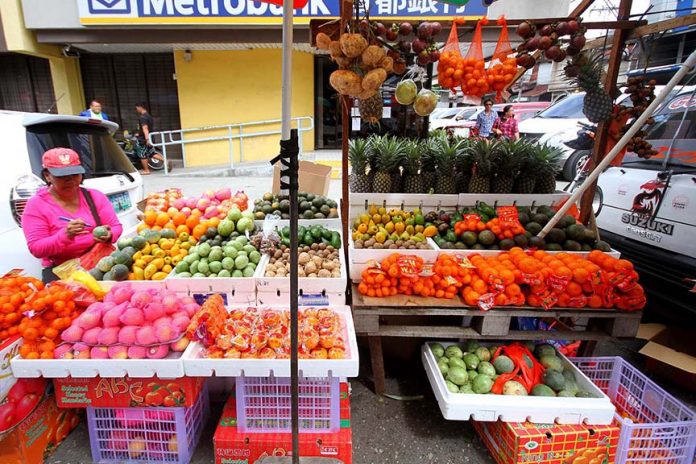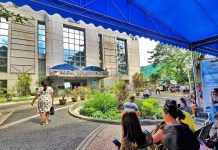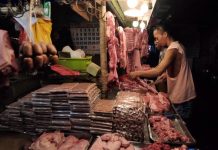
Hailed as the country’s “fruit basket”, Mindanao offers a wide array of produce faced with an overwhelming demand domestically and internationally. However, due to challenges brought by several factors, the fruit industry has failed to respond to such need.
Mindanao Fruit Industry Development Council (MinFruit) President Atty. Antonio Partoza identified climate change as the topmost challenge faced by the industry in 2016. According to Partoza, the seven to eight-month dry spell has severely caused damage to one-third of his durian farm, affecting 120 of his fruit-bearing trees.
“Hindi pa kasaliang shoots (That does not include the shoots), the ones I just planted for a few months,” stated Partoza during the Habi at Kape media forum at Abreeza Mall Davao.
He pointed out that the inability to sustain large water requirement for irrigation as the main reason for the destruction of the plants.
Partoza said it would take four to five years to fully rehabilitate the damage caused by El Niño.
The MinFruit president also raised his sentiments to the Department of Agriculture (DA)-XI OIC Regional Director Ricardo M. Oñarte who was also guesting in the forum, on cloud seeding which Partoza sees as the only remedy that could have saved the plants on the previous dry spell.
“It was too late and there was no extra fund for cloud seeding, all they have was the sole budget for agriculture,” remarked Partoza.
Despite his remarks, Partoza is confident that with the present initiatives being taken by DA, there is still hope for the revival of Mindanao fruit trees.
Another reason Partoza identified as a detrimental factor is the failure of the fruit farmers to apply agricultural practices which could have boosted their produce.
Partoza was referring to the double or multiple rootstock technology, the growing of plants with two or more rootstocks, a method introduced to him by Dr. Bernardo O. Dizon of PAWB-Dizon Botanic Fruit and Techno-Demo Center at the Ninoy Aquino Parks and Wildlife Center, Diliman, Quezon City.
He explained that the method will be most useful to Davao Region’s fruit trees such as lanzones, longkong, durian and rambutan. However, it will be difficult to apply to the mangosteen plants due to its structure, according to Partoza.
The MinFruit president hopes that more farmers would engage in learning the method as he emphasized that Dr. Dizon offers free lectures to those who are interested to learn the technology.
Formerly part of USAID’s Growth with Equity in Mindanao (GEM) program, MinFruit is now a ‘standalone’ group consisting of 22 fruit farmers’ organizations and cooperatives across Mindanao which continues to serve as frontliners of the island region’s fruit industry.






